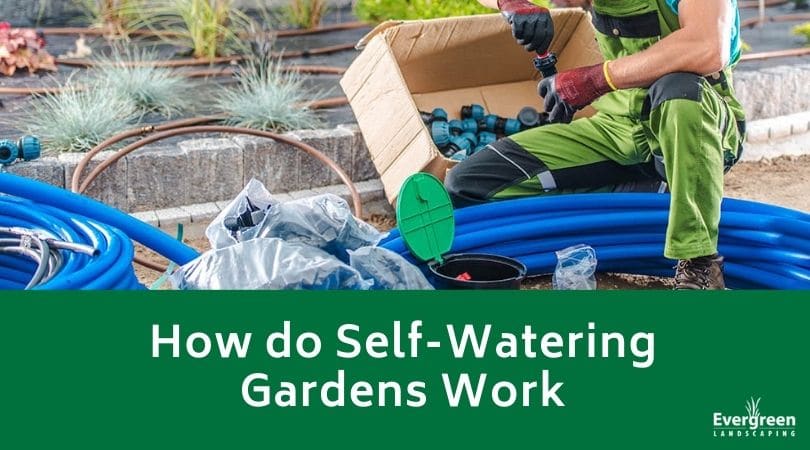
Over or underwatering can cause your garden to fall below its potential yield. You could end up with curling leaves, fewer vegetables or flowers, yellow spots, and a droopy appearance if you’re not careful. It can be tricky to know how much water your plants need at any one time, and this is where self-watering setups come into play. They essentially allow your plants to hydrate themselves, so you have less maintenance.
Consequences of Over or Under Watering
When a plant gets too much water, the water can collect and sit around the root system, and this causes oversaturation. When this happens, capillary action is impossible. This is why giving your plants too much water is the leading cause of plant death and root rot. A self-watering system separates the plants from the water, so it can’t drown the roots.
If your plant doesn’t get enough water on a daily basis, the water it manages to get usually sits on the top of the soil. This can cause the roots to dry out. As long as you make a point to refill your self-watering planter periodically, you won’t have to worry about the roots drying out.
How Self-Watering Beds or Planters Work
It’s common to water your plants from the top-down, even though plants actually absorb water from the bottom up. Self-watering setups usually come with a water reservoir that sits at the bottom of the planter or bed. The water gets drawn up from this reservoir as needed through a capillary action process.
The plant’s root systems will attract water from the reservoir and pull it upwards using cohesion, adhesion, and surface tension of the water. Once the water gets to the plant’s leaves, the plants can use the water in the photosynthesis process and for other essential functions.
Using Self-Watering Planters
There are two main types of self-watering systems that you can get. One comes with a removable water tank at the bottom of the setup, and the other setup has a tube that runs alongside it. There are also self-watering inserts that could turn traditional garden beds into self-watering ones. They all work in the same way, but the aesthetics will be different for each one.
The only thing that you need to do to keep them running at peak levels is refill the water chamber when it starts to get low. The number of times you refill it will depend on the sunlight levels, types of plants, and the time of year. However, you can plan to refill it every two to three weeks.
In between refilling the reservoir, you can keep watering the top of your plants with a light mist every few days. This will help raise the humidity levels around the plant’s leaves. If you’re growing an indoor garden, you’ll want to mist the leaves and wipe them down to get the dust off. If you don’t, the dust can stop the plant’s ability to photosynthesize. Other than this, the setup should handle all of your plant’s watering needs with minimal input from you.
Evergreen Landscaping Can Help with Self-Watering Setups
If you’re interested in getting a self-watering setup in place for your garden, contact us. We’re happy to walk you through your options and pick the one that is going to work best for you.
